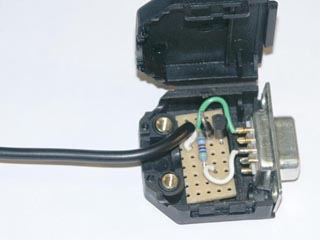
Digital SLR FOCUS
Focussing a Digital SLR camera at prime focus on a telescope via the viewfinder is, incredibly difficult and the results can be very hit and miss. There are various ways to try and achieve good focus all with varying results.
I have tried various Hartmann Masks and all suffer from the same problem - just as you get near the 'sweet spot' you cannot clearly see whether there are multiple stars or a perfect single star ( indicating the focus point has been reached ) and furthermore, a Hartmann mask, of necessity, reduces the available light even further - good in theory, less so in real lfe! Another 'mask' solution, the Bahtinov Mask is discussed in my book 'Making Every Photon Count' and I have found this type ogf mask to work very well indeed.
Using a wide aperture reflector and focussing using the diffraction spikes caused by a bright star (Vega for example) can work well but the focus can change when you slew to the object that you want to image simply by the movement and kinetics of the slew.
The only way to be absolutely sure that you have the desired object in focus is to view an actual image taken by the camera and confirm that it is in focus from that image. I use a program specifically designed to do just this - DSLRFocus - and find that it does the job very well indeed by allowing the taking of a test image at high ISO and short shutter speed which combined with a high jpg compression means a quick download to the PC just by a press of the 'space bar'. The test image can then be checked both visually and with a full set of Focus Metrics including FWHM, Peak Value, Radial Width of selected Star thus ensuring that the actual image captured by the sensor is in focus - fantastic! Furthermore having attained focus you can then move onto standard capture mode and take shots manually with a mouse click or set up a very simple series of automated shots at any ISO number, shutter speed and compression level (or indeed use RAW mode). You can even set up a sequence with varying ISO numbers and shutter speeds while you go off and have a coffee!
The PC needs to be able to interface with the camera's remote shutter port and this is done via the serial port of the PC ( or a suitable USB - Serial adapter ) and a simple transistor operated switch. I made my own out of components from my 'junk box' and installed them in a standard 9 pin serial 'hood' making a neat and compact interface:-

The downside of using this software is that you need a PC outside with you but sooner or later this will be the case anyway as the next hurdle will be accurate tracking of long exposure images and I suspect that manual guiding will lose it's appeal after a couple of sessions and you will want to autoguide!